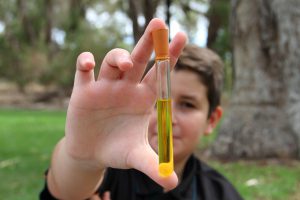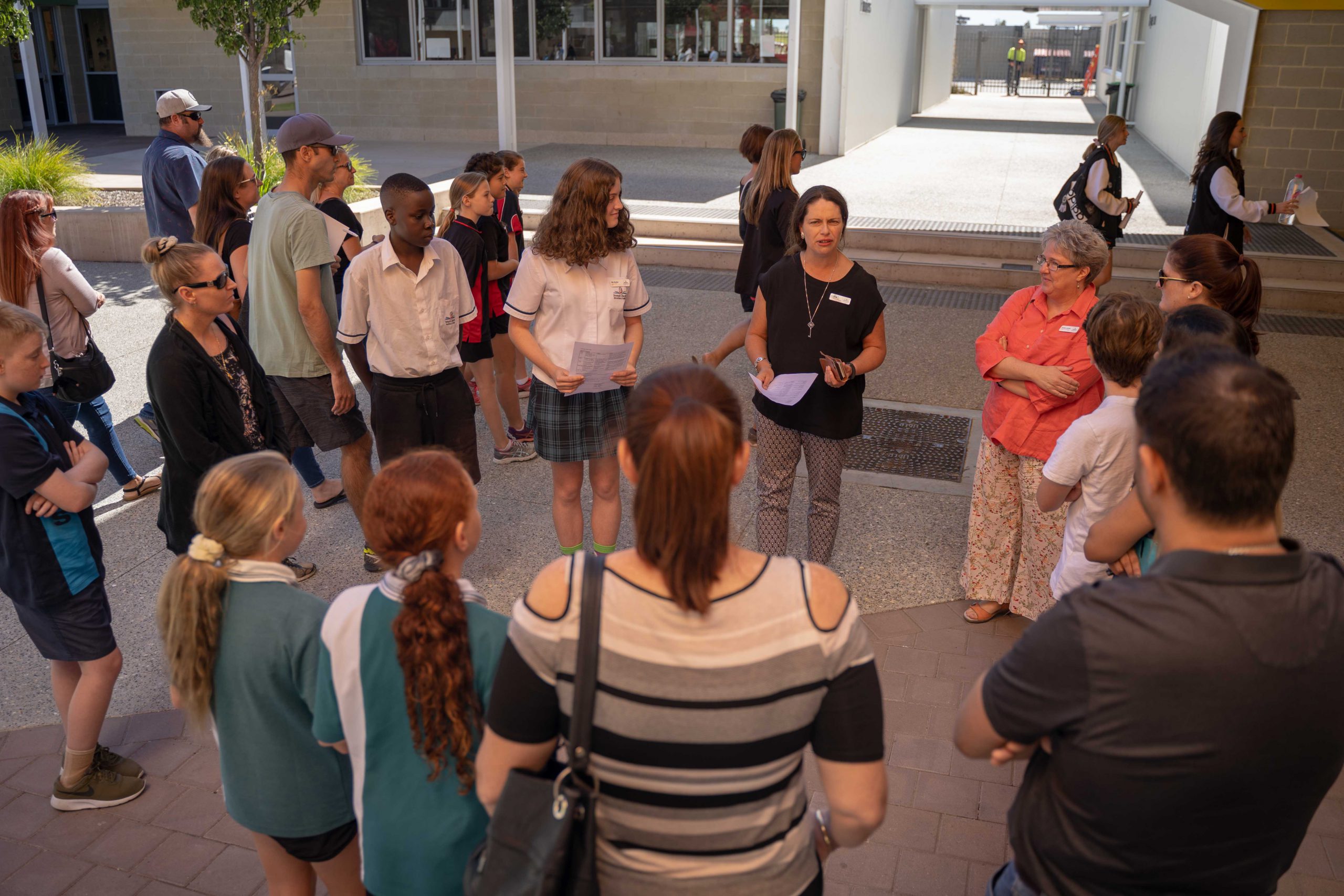Human Biology (General)
Course Code: GEHBY/GTHBY
Domain: Science
Timetable: Semester 1 and 2
Length of Course: 2 Years
Unit Information
In the Human Biology General course, students learn about themselves, relating the structure of the
different body systems to their function and understanding the interdependence of these systems in
maintaining life. Reproduction, growth and development of the unborn baby are studied to develop an
understanding of the effects of lifestyle choices. Students will engage in activities exploring the coordination
of the musculoskeletal, nervous and endocrine systems. They explore the various methods of transmission
of diseases and the responses of the human immune system. Students research new discoveries that help
increase our understanding of the causes and spread of disease in a modern world.
As a science, the subject matter of this course is founded on systematic inquiry; knowledge and
understanding of human biology has been gained by scientific research. However, this knowledge is far from
complete and is being modified and expanded as new discoveries and advancements are made. Students
develop their understanding of the cumulative and evolving nature of scientific knowledge and the ways in
which such knowledge is obtained through scientific investigations. They learn to think critically, to evaluate
evidence, to solve problems, and to communicate understandings in scientific ways.
Responsible citizens need to be able to evaluate risks, ethical concerns and benefits to make informed
decisions about matters relating to lifestyle and health. Issues such as diet, medical treatments and the
manipulation of fertility are examples in which personal choices have an impact on health and wellbeing.
Other topics are often the subject of community debate: obesity, effects of drugs and alcohol use during
pregnancy, infectious diseases and hygiene. With an understanding of human biology, students are more
able to make better life decisions, and to be more effective contributors to the discussions related to health
issues in the community.
An understanding of human biology is valuable for a variety of career paths. The course content deals
directly and indirectly with many different occupations in areas, such as social work, medical and
paramedical fields, food and hospitality, childcare, sport, science and health education. Appreciation of the
range and scope of such professions broadens students’ horizons and enables them to make informed
choices. This helps to prepare all students, regardless of their background or career aspirations, to take their
place as responsible citizens in society.
Year 11
Unit One
This unit explores how the systems of the human body are interrelated to help sustain functioning to
maintain a healthy body.
Cells are the basic structural and functional units of the human body. Materials are exchanged in a variety of
ways within and between the internal and external environment to supply inputs and remove outputs for
life processes. The respiratory, circulatory, digestive and urinary systems control the exchange and transport
around the body of materials required for efficient functioning.
The lifestyle choices we make can have consequences for the optimal functioning of these systems. Humans
can intervene to treat dysfunction and influence the quality of life of the individual.
Students investigate the body systems through real or virtual dissections and practical examination of cells,
organs and systems. They research contemporary treatments for dysfunctions to the body systems and are
encouraged to use ICT to interpret and communicate their findings in a variety of ways.
Unit Two
This unit explores the role that males and females have in reproduction, including contraception, and the
issues of sexually transmitted infections. Students learn about the reproductive systems of males and
females and how they are specialised in many different ways to produce differentiated gametes (eggs and
sperm) and ensure the chances of fertilisation and implantation are more likely.
The healthy development of the embryo and foetus can be monitored, and technologies available will be
presented. Where there are instances of infertility, options available for couples, along with associated risks,
will be considered, in addition to lifestyle choices that can affect fertility. Sexually transmitted infections will
be researched, and effects, treatments and ways to minimise infection will be examined.
Students apply their knowledge to construct a deoxyribonucleic acid (DNA) model and demonstrate cell
division processes. They are encouraged to use ICT to interpret and communicate their findings in a variety
of ways.
Year 12
Unit Three
This unit explores bones, muscles, nerves and hormones and how they maintain the body to act in a
coordinated manner.
The structure and function of the musculoskeletal system provides for human movement, balance and
growth as the result of coordinated actions. This is brought about by the interaction of the musculoskeletal
system with the nervous and endocrine systems. Conditions affecting these systems, such as sporting
injuries, hearing and vision defects, can result in a decrease or loss of function.
Students investigate the musculoskeletal, nervous and endocrine systems through dissections and practical
examination of reflexes, vision, hearing and skin sensitivity. They are encouraged to interpret and
communicate their findings in a variety of ways.
Unit Four
This unit explores the causes and spread of disease and how humans respond to invading pathogens. Disease
is caused by various pathogens that are transmitted between individuals and populations in many different
ways.
Prevention of transmission of disease can be achieved by adopting good hygiene practices at a personal,
domestic and workplace level. The body responds naturally to disease in several ways. These actions of the
body can be assisted by the use of medications, such as antibiotics, and the use of vaccines.
Improvement in technology and transportation has resulted in humans becoming less geographically isolated,
resulting in the transmission of disease becoming an increasing global issue. The frequency of particular
diseases in geographical areas is dependent upon population density and standards of sanitation and health
services.
Students investigate transmission of diseases using second-hand data from a historical perspective and
recent global incidences. They consider how data is used to inform personal decisions and community
responses related to disease prevention and control. They are encouraged to use ICT to interpret and
communicate findings in a variety of ways.
Pathway Information
Tertiary
Workforce
Students undertaking this course may wish to consider tertiary studies in:
- Certificate III Population Health
- Certification IV Preparation for Health and Nursing Studies
- Diploma of Nursing
- Bachelor of Nursing
This course suits direct workforce entry into the following:
- Health Care Worker
- Laboratory Worker
Additional Information
Estimated Charges: $70



